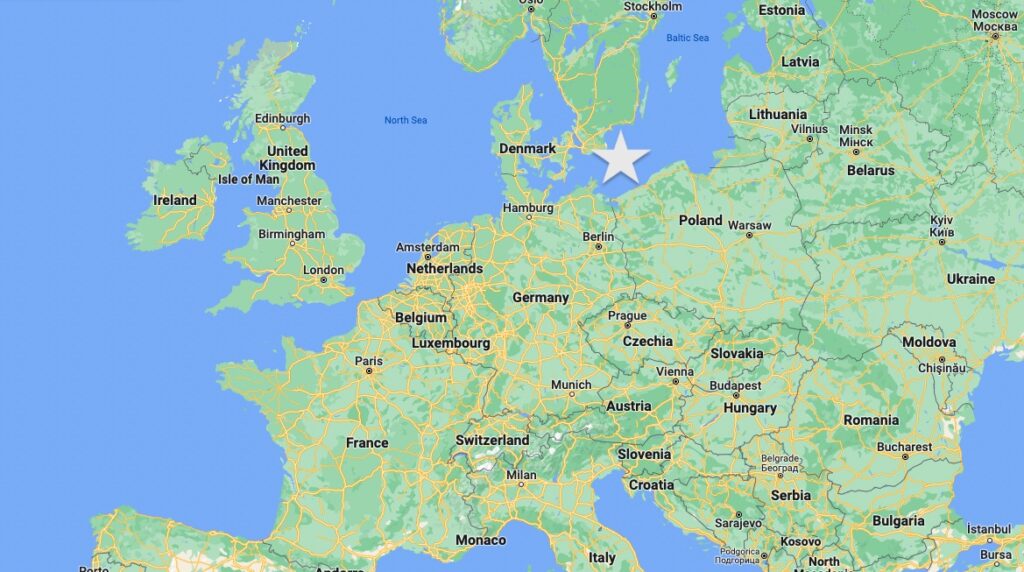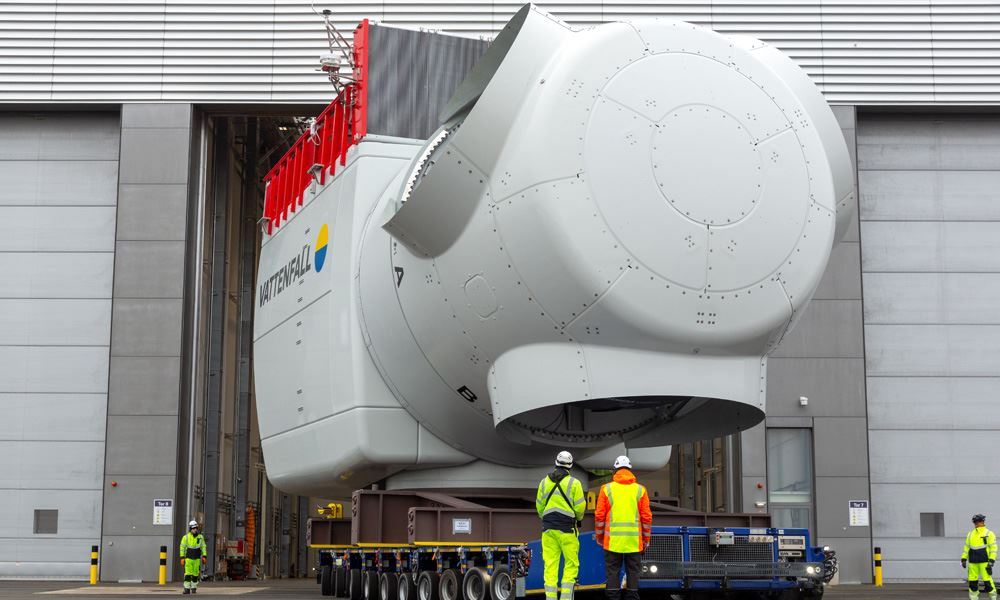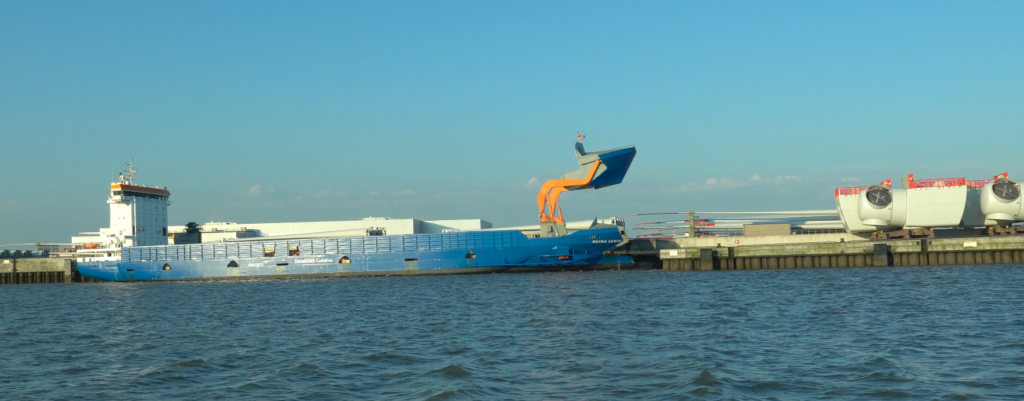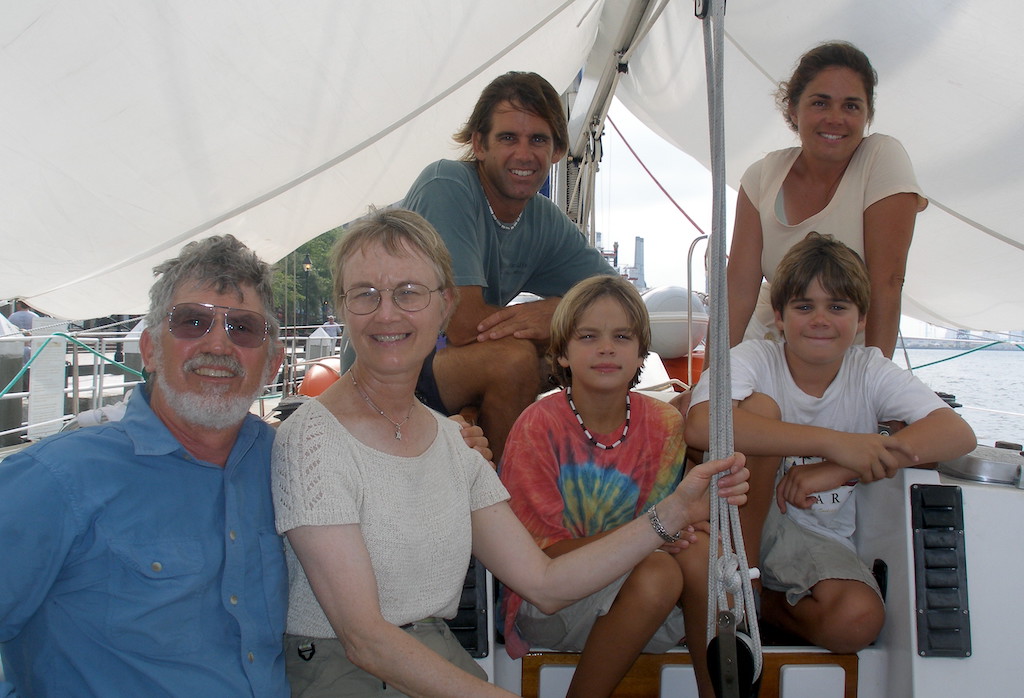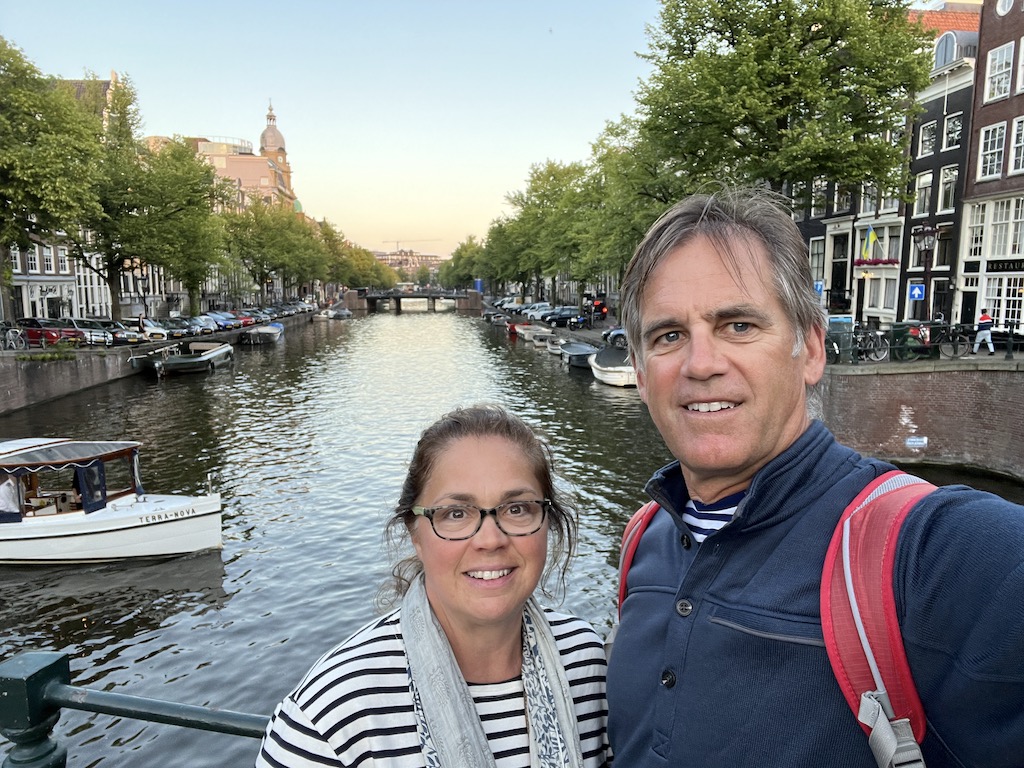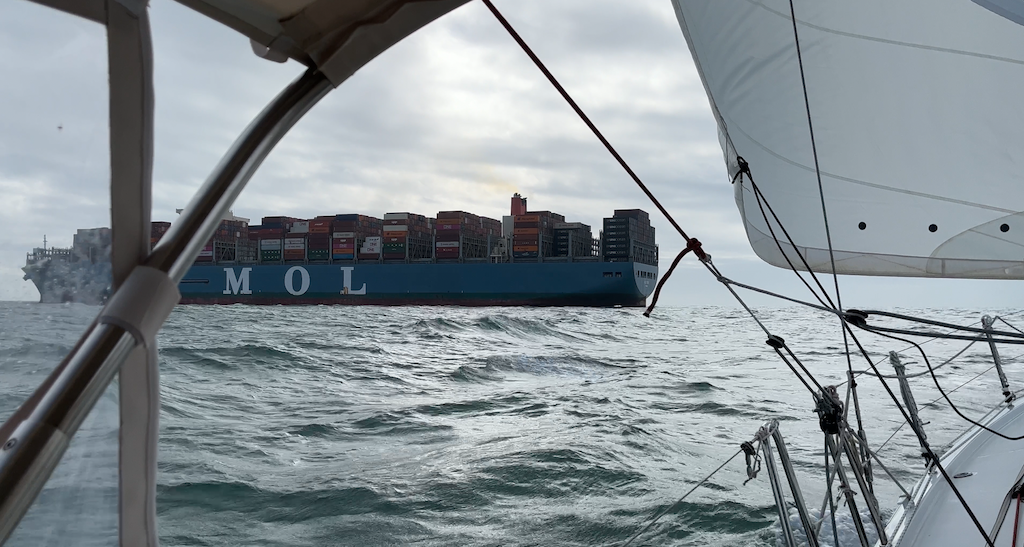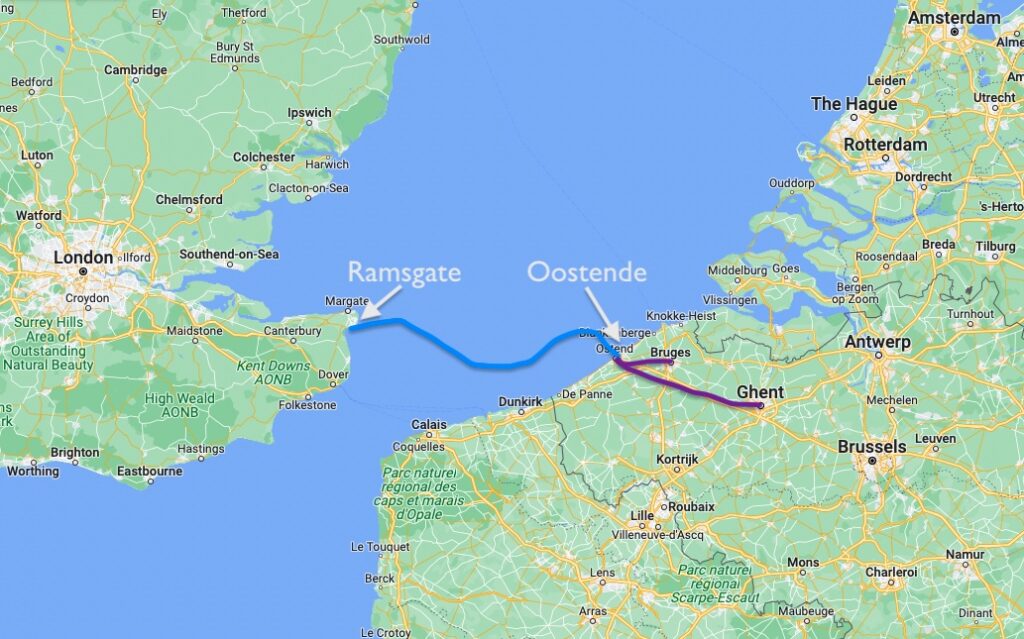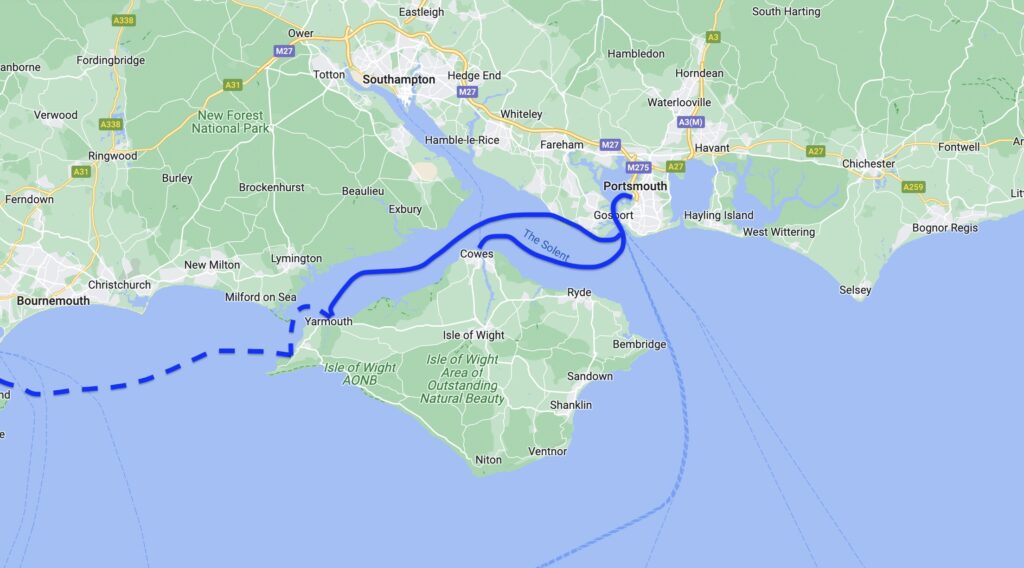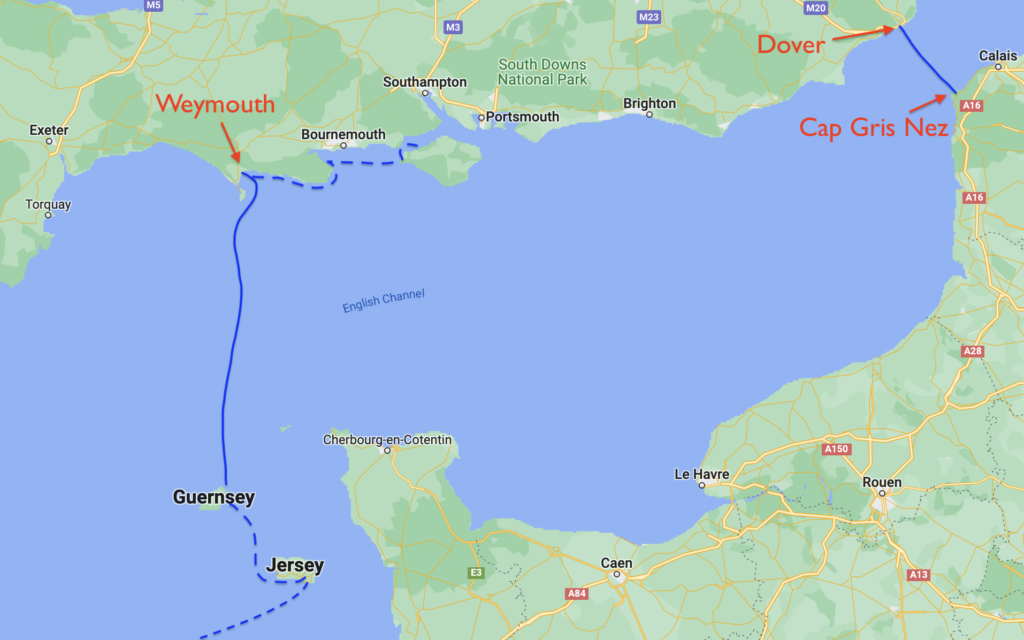The clear sky, as the sun rose at 4:15 am, seemed to be a fitting metaphor for our departure from Germany. Seventy nautical miles to the northeast of our anchorage lay the island of Bornholm, a fresh new country for our logbook with all the optimism and anticipation that comes with a new courtesy flag raising. It’s difficult to miss Bornholm as you enter the Baltic Sea. It sits out in the middle, begging mariners to make a stopover just like the family dog sitting squarely in the doorway waiting for your loving return. Bornholm’s geographical anomaly is only matched by its political oddity. Located as it is solidly off the southeast corner of Sweden, you might wonder if there was a cartographer’s error that classified it as Danish soil. But, no, it is indeed part of Denmark. And, to fully explain the how and why of changing territorial lines between these Scandinavian states would easily fill a complete blog on its own. As Karen will attest, my fascination with history becomes more acute every day, but some stories could be so engrossing, we might run aground on the other end of the Baltic for lack of attentiveness!
